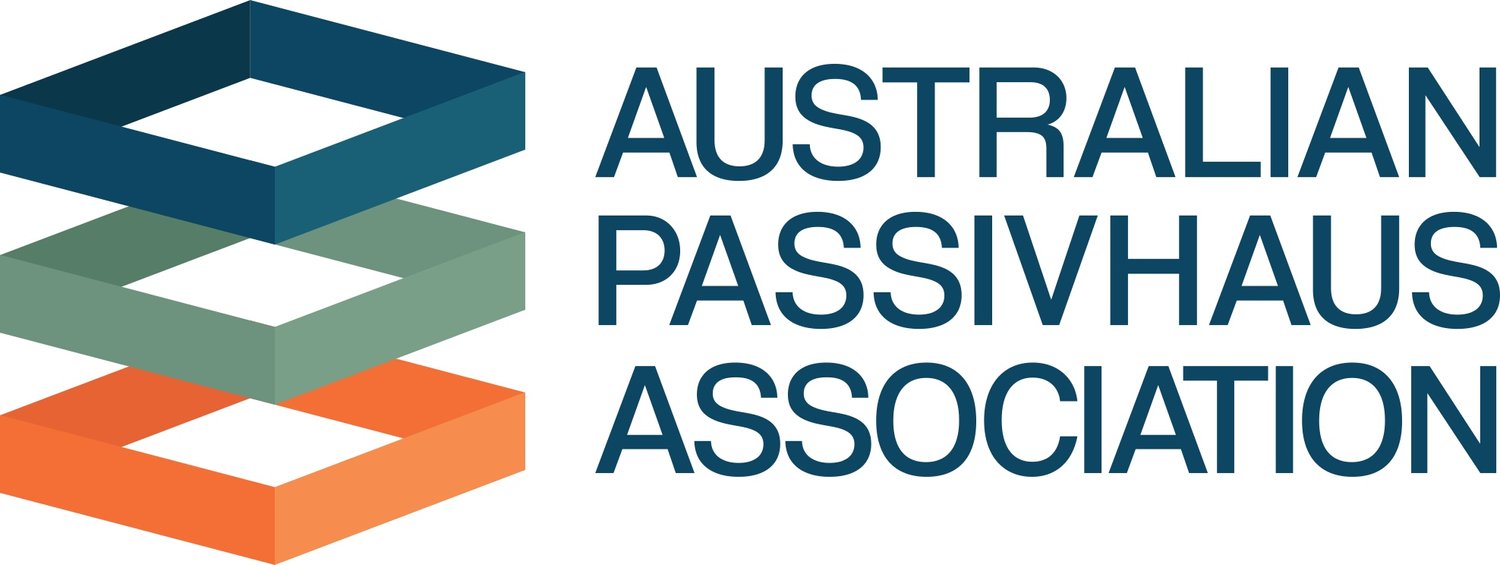Scott Stewart of LAB Design joins list of Passivhaus Certifiers in Australia
A huge congratulations to Scott Stewart, who has just completed his Passivhaus Certification.
The Australian Passivhaus Association spoke to Scott and his experience of becoming a certifier.
APA: What made you undertake the course to become a passivhaus Certifier?
Scott: It was a logical extension of my work as a Consultant. Following 10 years as a CPHD I felt I had enough knowledge, experience and skills to feedback into the process. We finished our own Passivhaus build last year, for which both Madonna and I were on the tools so there was some additional brain space that needed to be filled.
APA: Did you travel to Germany to do this?
Scott: No, it was conducted as a 2-3 hour session every Thursday fro a little over three months. Part from completing a course ofnline the biggest challenge was that the allowed time slot started at Midnight, which made work the following day even more challenging.
APA: What can you tell us about the course?
Scott: The course was effectively the Designer/Consultant Course on steroids in terms of the pace and expected knowledge. There was some additional tools that were introduced, for example, the Climate Comparison tool which is used to generate PHI Certified Climate data. The course was setup where the emphasis shifted to the role of the certifier and what will assist projects and the project teams ensure that they will be successful.
APA: Did anything surprise you about the course? If so what?
Scott: There wasn’t as much “secret sauce” as I thought there may have been and that the work we have been doing on developing boundary conditions for “Peak Cooling Load” in consultation with Oliver Styles from Praxis in Spain is leading the field.
APA: When were you officially a PH Certifier?
Scott: At the completion of the course I was able to start accepting projects as a Certifier.
APA: What are you looking forward to the most in your new consulting area?
Scott: Helping other project teams deliver Passivhaus that are fully optimised for climate and cost. The perfect Passivhaus isn’t when you keep adding to the specification, it is when nothing more can be taken away and the Passivhaus criteria can still be achieved.
APA: What are your top three tips to professionals trying to get better outcomes/smoother process in passivhaus certification?
Scott: 1. Passivhaus isn’t a bolt-on. It needs to be integrated from the start to maximise the benefits and reduce cost. Early contractor involvement will assist in this area.
2. Good design and virtual prototyping of assemblies and junctions is always more effective, both in cost and onsite build ability
3. Engage a Certifier early as it will enable the team to get the answer early, taking out the unknowns and not over-specify through being conservative.
Scott’s practice, LAB design, is based in Woolgoolga, NSW. Scott is also one of our educators at the Australian Passivhaus Association.


